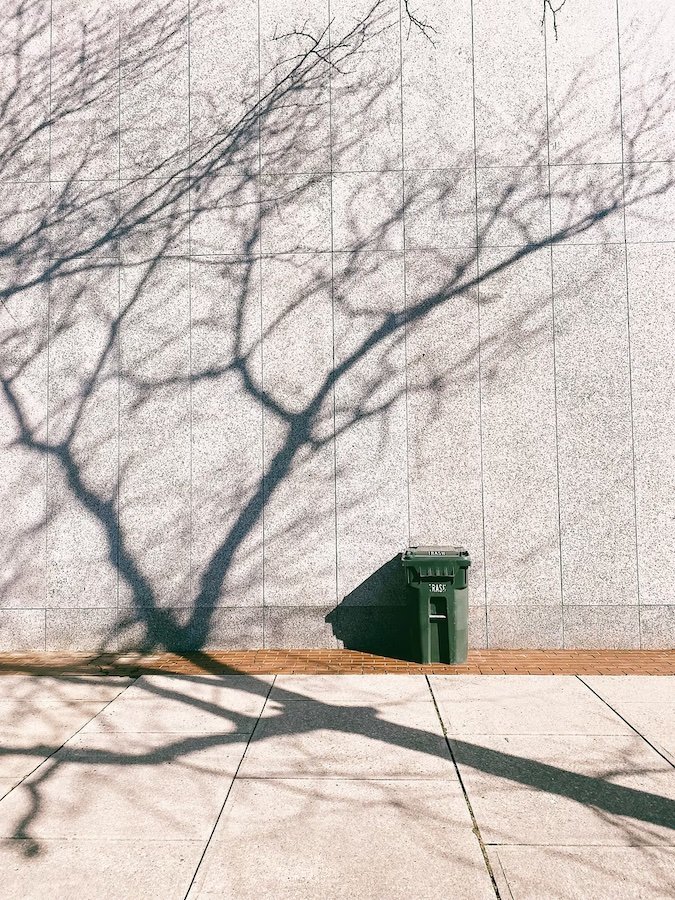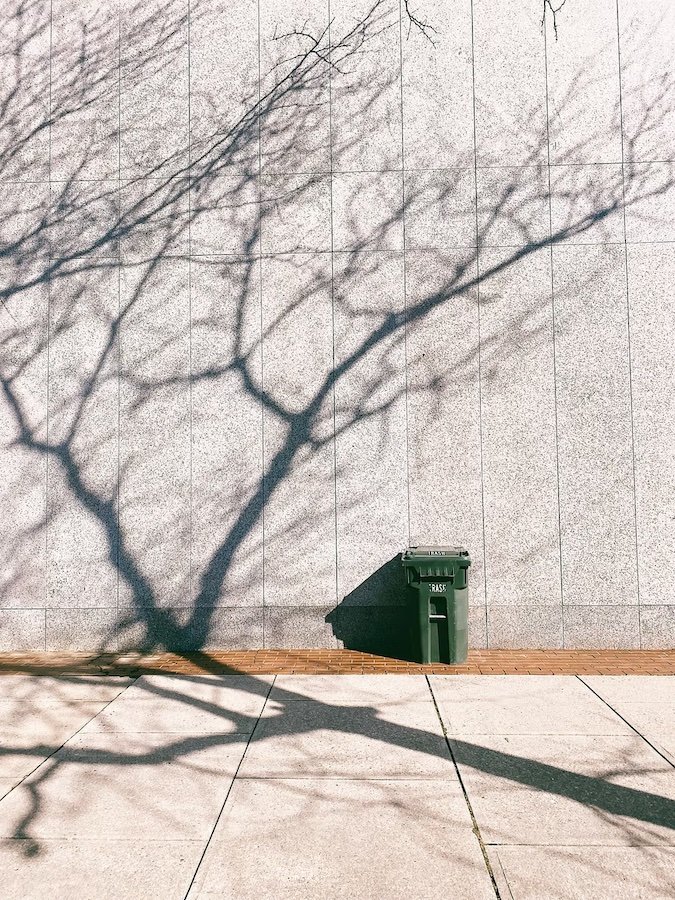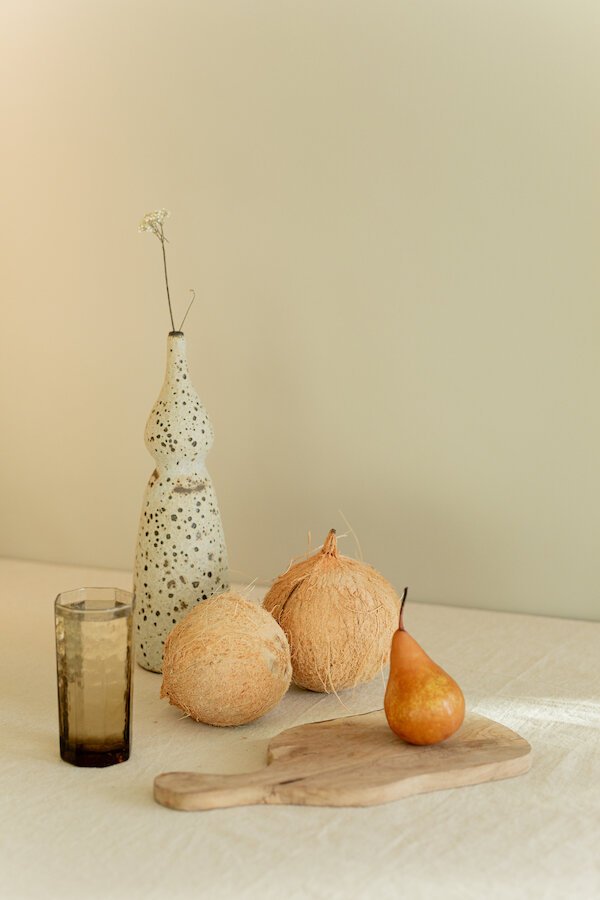
Beyond The Bin: How Does Recycling Work?
A Quick Overview Of Recycling
It wasn’t until the 1970s that recycling became mainstream in the United States, taking hold in towns and cities during the start of the green movement as multi-material curbside collection programs were established.
Today, the system for collecting and processing our recyclables has increasingly become more streamlined as advancements in technology and equipment have developed.
Still, when I see the blue and green plastic cans lining the streets in my neighborhood, filled to their brims with waste, I’m always curious about the fate of the contents inside. Our recyclables have to go somewhere, but where exactly?
While the concept may seem daunting, the entire process can be broken down into three main steps:
1. Recycling Is Collected
Each community handles their recycling a little bit differently, but most cities have mandatory laws that require recycling collection and center operation. You can look into your city’s recycling rules and regulations (this one is for LA, just do a quick Google search for your city or neighborhood) to learn about specific guidelines.
Cities also have different regulations for what can and cannot be recycled, so pay attention to the specifics. Some containers can’t be recycled if they have leftover food residue, for example.
Here are some items that typically cannot be recycled:
Greasy pizza boxes—though you can recycle any part of the cardboard that isn’t stained with grease.
Single-use paper cups. These are lined with a film of polyethylene (plastic that serves as a moisture barrier inside the cup). You can recycle the plastic lid separately.
Plastics labeled with the numbers 3, 6, and 7, though some labeled #7 are compostable. These are Polyvinyl chloride synthetic plastics (mostly PVC pipes, detergent bottles, and some food wrap), Polystyrene (think Styrofoam), and other miscellaneous plastics (like microwavable dishes and ketchup bottles). Here’s an even more comprehensive list.
Plastic bags. Some recycling centers will take your plastic bags, so it doesn’t hurt to ask your city. But they still need to be separated.
2. Recycling Is Sorted
Once your recycling has been picked up and transported to your nearby recycling center, workers sort the contents by type—e.g., newspapers, plastics, cans, etc. Workers also help to separate clean recyclables from soiled ones into different piles.
That said, “many recyclables become contaminated when items are placed in the wrong bin, or when a dirty food container gets into the recycling bin,” according to research published by Columbia Climate School. The report also notes that “many items that are collected, such as plastic straws and bags, eating utensils, yogurt and takeout containers often cannot be recycled,” and so they are sent to landfills or incinerated.
A rule to live by when recycling is “the cleaner, the better.” This will ensure your items—as long as they can actually be recycled—don’t get sorted out or contaminate other recyclables. Manufacturers will pay more for clean containers, too. Again, make sure to read your city’s guidelines as the rules and regulations vary depending on your state and even city.
3. Buyers Purchase Recycled Goods
Did you know it’s true that your trash is actually another person’s (or company’s) treasure? Yep, recycling is the “globe’s bizzaro commodity,” according to Slate. Before the National Sword policy, China bought the majority of our paper and plastic (about 49 percent, or 930,000 tons, in 2017 alone). Manufacturers have often bought recycled plastic to be broken down into raw materials for new products.
This isn’t always the case though, and with different country’s regulations, it can be difficult to find a place for all the recycling to go. There is exciting technology beginning to develop that can process materials that cannot be recycled, too. PureCycle Technologies is currently building a technology that takes materials made with polypropylene and melts them down to create a virgin resin allowing for a broader way of recycling waste.
The best thing we can do as consumers is to throw away as little as possible, following a zero-waste lifestyle. We can start by implementing small habits, like bringing our own food, beverages, and takeaway containers. We can also be mindful of the types of plastics we purchase by becoming aware of the numbers labeled on the containers. When recycling, we can also do our best to clean our recyclables as much as possible while being mindful of water usage and taking time to read about our city’s recycling guidelines.
Courtney Jay is a writer at The Good Trade. She is also a yoga instructor, health enthusiast, and sustainable fashion advocate. You can find more of her writing and take one of her online yoga classes on her website Coincide.





